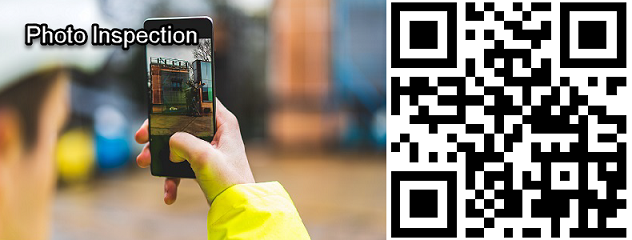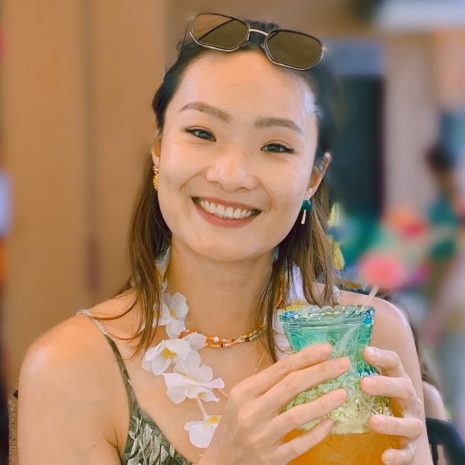Adding photos to field data is important in most data collection workflows—from construction site inspection, property inspection, and utility examination to damage assessment and hazards reports—and enhances the process of organizing and analyzing field observations with visual content. Here are some use cases:
- Construction site inspection—Report daily on-site inspections, identify hazards, document regulation violations, and monitor construction progress with notes and photos.
- Utility examination—Collect field data and photos for asset audits or compliance documentation.
- Property inspection—Snap photos around a commercial or residential building from different views, report problems, and report the condition of the property.
- Damage assessment—Take multiple site pictures and send them back in near real-time; lessen the time it takes to assess the area impacted; and, in turn, speed up mitigation.
Photo inspection requires inspectors to not only collect pinpointed location information but also add photos to each record. The photos are often used as proof of inventories, or as proof of noncompliance to assist investigations with the reported issues. While capturing inspection photos is a valuable way of documenting the status and condition of the assets over time, the process of labeling, categorizing, and sorting photos after each site visit can be both labor-intensive and error-prone. It can also be difficult to locate and review photos without mapping them correctly to the asset that you are interested in.
ArcGIS QuickCapture, Esri’s rapid data collection app, helps you capture field observations with photos quickly. The Photo Inspection template showcases how QuickCapture can help pipeline operators, first responders, or field engineers perform photo-based inspections more efficiently, saving time and money, and eliminate the errors introduced during tedious manual data entry.
With the tap of a button, an observation can be easily categorized, documented with a photo, and automatically mapped using your device’s location. As shown below, as a field worker, you can easily capture a record with the QuickCapture app by taking a photo that indicates the severity of the problem and add comments if necessary.
Photos submitted via the QuickCapture app are directly incorporated into your GIS and become immediately available for exploration. QuickCapture automatically calculates photo metadata, such as acquisition date and time, the field of views, viewing extent, and capturing angles, and integrates such information for managing and visualizing images on the map. As a result, captured photos are not only mapped at their georeferenced locations but also enabled for exploratory interactions—as you pan or zoom in the image, the view extent is illustrated dynamically on the map. You can also do the following:
- Visualize the footprint of a specific photo on the map.
- Inspect an object by exploring photos taken from any angle.
- Filter photos by attributes such as the acquisition date or category.
- Enhance photo display and improve the interpretability or perception of information.
- Digitize objects in the photo and save them as point features.
To explore the photos, go to Settings > Layers, open the menu for the layer, and click View oriented imagery in QuickCapture Designer, or you can explore the oriented imagery catalog (OIC) with ArcGIS Pro, 2D web maps, 3D scenes, or other apps that consume the OIC item.

Want to try it yourself? Each QuickCapture template includes a sample project that you can directly download from the QuickCapture app and try out without signing in. Or simply scan the QR code below and get the sample project on your device.

Last but not least, in QuickCapture Designer, you can deploy this template and create one like it for your own. Once the template is successfully deployed, you can continue your work based on this template or customize photo categorizations and project configurations to meet your organization’s needs. Enabling Oriented Imagery is also supported for an existing QuickCapture project; in this case, Designer will take care of all the required configurations in just a few seconds, and then you will be all set. By the way, remember to save the project before you go.
Have fun capturing!

Article Discussion: